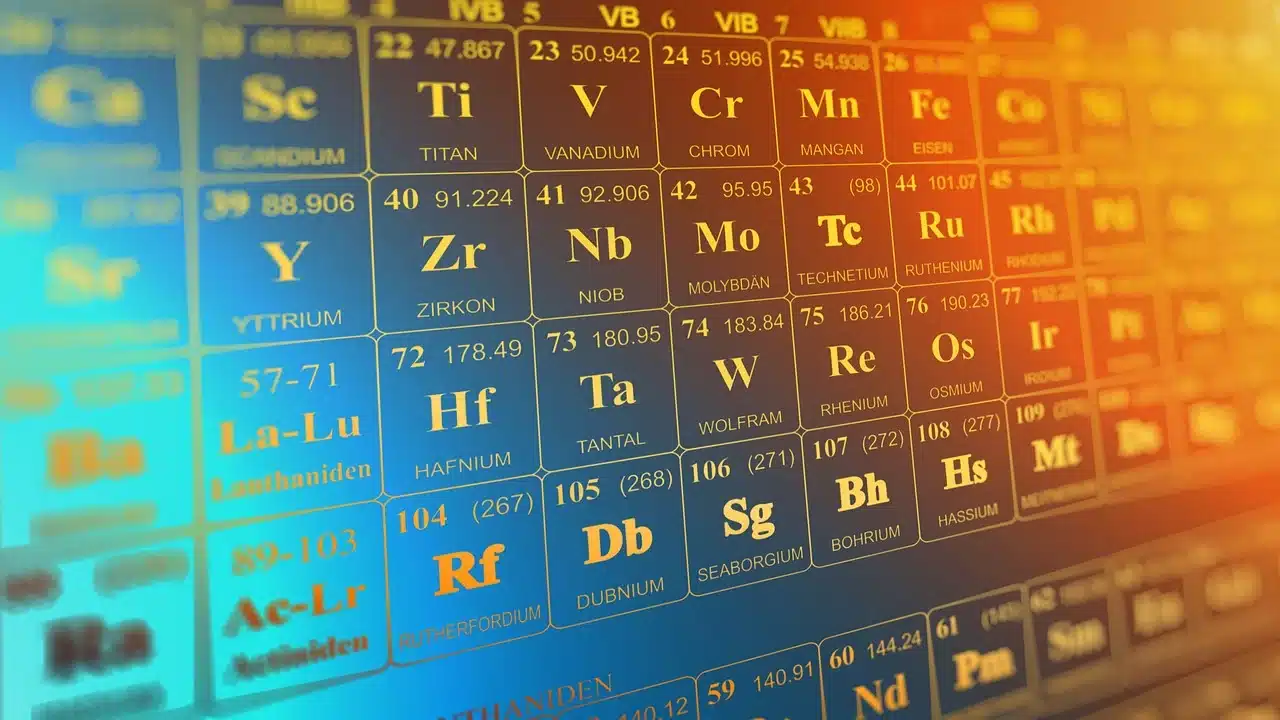Introduction
The periodic table is a fascinating and essential tool in the world of chemistry. It’s more than just a colorful chart hanging on the wall of your chemistry classroom. The periodic table is a representation of the essential elements of our universe. It is a treasure of knowledge that demonstrates the complex interactions between matter and the universe itself. In this blog post, we’ll look at 10 incredible facts about the periodic table.
“Exploring the Wonders of the Periodic Table: 10 Fascinating Facts”
- Mendeleev’s Ingenious Prediction
Chemist Dmitri Mendeleev of Russia unveiled the first periodic table in 1869. What’s astonishing is that he left blank places for components that weren’t yet identified. Mendeleev accurately predicted the characteristics of substances like gallium and germanium, which weren’t discovered until decades later. The astounding foresight proved the periodic table’s usefulness as a system for classifying the elements.
- The Mystery of Technetium
Technetium, element 43, is unique because it is the first element without any stable isotopes. Given that every one of its isotopes is radioactive, it is one of the rarest elements on Earth. It was first produced synthetically in 1937, filling a hole in the periodic table that had existed since Mendeleev’s time.
- Elements Named After Scientists
Many substances bear the names of great scientists. For instance, curium (Cm, element 96) is named after Marie and Pierre Curie, who conducted ground-breaking research on radioactivity, and einsteinium (Es, element 99) is named after Albert Einstein. These elements honour the contributions that these outstanding individuals have made to science.
- The Island of Stability
Theoretical projections indicate a “island of stability,” despite the fact that other elements are extremely unstable and decay swiftly. They are more stable in this hypothetical location because superheavy elements with longer half-lives are present there. Scientists are currently working to generate and analyze these mysterious chemicals in order to uncover the secrets of this island.
- Noble Gases: The Unreactive Bunch
The chemical inertness of noble gases such as helium, neon, argon, krypton, xenon, and radon is well recognized. Under normal conditions, they are resistant to the formation of compounds with other elements. Because of their full outer electron shells, which contribute to their stability, they are a crucial component in many applications, including lighting and cryogenics.
- Hydrogen: The First and Lightest Element
With an atomic weight of one, hydrogen is the lightest element in the universe. It also accounts for the vast majority of the universe’s elemental mass (75%). Hydrogen is the most abundant element in stars, including our sun, and it undergoes several phases of fusion to make helium and release energy.
The 15 elements that make up the rare earth elements (REEs) are yttrium (Y, element 39), lanthanum (La, element 57), scandium (Sc, element 21), and lutetium (Lu, element 71). They are not as uncommon as their names might suggest. They are essential to current technology, from cell phones to renewable energy systems like wind turbines and electric cars.
- Transuranic Elements: Beyond Uranium
Transuranic elements are those that have atomic numbers higher than uranium (element 92). They are typically purposefully synthesized in laboratories because of their fragility and short half-lives. Americium (Element 95) and plutonium (Pu, Element 94) are two of these elements that are crucial for nuclear reactors and weapons.
- Periodic Trends: The Key to Element Behavior
The structure of the periodic table exposes patterns in the atomic size, electronegativity, and reactivity of elements. For instance, atomic size often drops, but electronegativity generally increases as you move over a period from left to right. For understanding and forecasting chemical processes, these trends offer insightful information.
- The Endless Quest for New Elements
By producing and researching superheavy elements and isotopes, scientists continue to push the limits of the periodic table. The periodic table’s element families are growing as a result of ongoing research into new elements and an understanding of their properties, which also pushes the boundaries of human knowledge.
Conclusion
The periodic table is more than just a list of elements; it’s a dynamic representation of the elements that make up our universe. The periodic table has captivated scientists and enthusiasts for years thanks to Mendeleev’s amazing predictions and the ongoing search for superheavy elements. It continues to be relevant in chemistry and other fields of study, making it one of the most well-known and fascinating pieces of scientific equipment.







